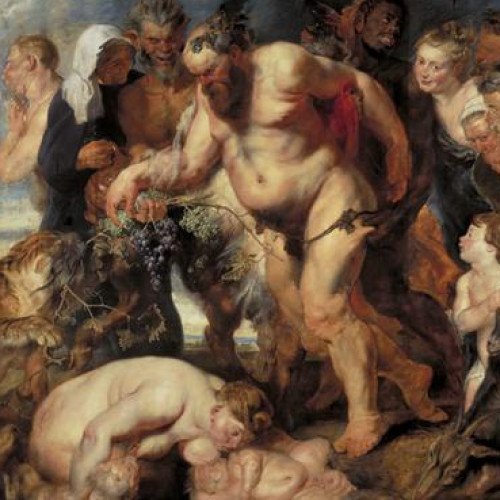Vote on Mythical creatures: Ichthyocentaurs vs Ipotane

Ichthyocentaurs
In late Classical Greek art, ichthyocentaurs (Greek: ἰχθυοκένταυρος, plural: ἰχθυοκένταυροι) were centaurine sea beings with the upper body of a human, the lower anterior half and fore-legs of a horse, and the tailed half of a fish. The earliest example dates to the 2nd century B. C., among the friezes in the Pergamon Altar. There are further examples of Aphros and/or Bythos, the personifications of foam and abyss, respectively, depicted as ichthyocentaurs in mosaics and sculptures. The term "ichthyocentaur" is of late coinage, attributable to the Byzantine writer John Tzetzes in the 12th century. They are also referred as sea-centaur.
Statistics for this Xoptio

Ipotane
In Greek mythology, an ipotane was a member of a race of half-horse, half-humans. The ipotanes are considered the original version of the centaur.